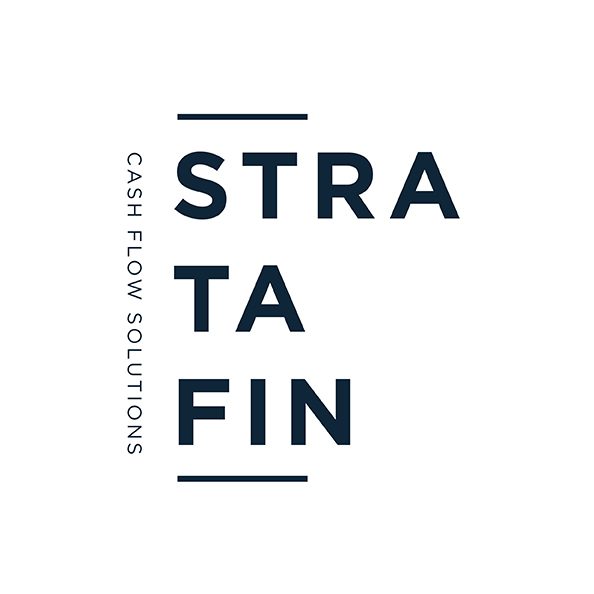The distinction between a sectional title scheme and a homeowners association (HOA) is not always clear from the physical attributes of the property. A sectional title scheme can come in the form of a block of apartments, a complex made up of semi-detached duplex townhouses, and even free-standing properties. HOAs may even be made up of freestanding properties together with sectional title properties within the estate.
What is a sectional title scheme?
Two pieces of legislation deal with creating and managing sectional title schemes. The Sectional Titles Act 95 of 1986 (the “ST Act”) contains the provisions relating to the legal and physical creation (registration and land survey matters) of sectional title schemes and matters incidental thereto. The Sectional Titles Schemes Management Act 8 of 2011 (“STSM Act”) contains the provisions relating to the management and governance of the sectional title schemes and has Regulations and Annexures (containing the prescribed management and conduct rules) dealing that are also applicable to all schemes.
A sectional title scheme is defined in both the ST Act and STSM Acts to mean:
“a development scheme in terms of which a building or buildings situated or to be erected on land within the area of jurisdiction of a local municipality is or are, for the purposes of selling, letting or otherwise dealing therewith, to be divided into two or more sections.”
A sectional title scheme is therefore a building(s) that is/are attached to a single piece of land, that has been divided into two or more sections that can be owned separately, while the common property (land) can be jointly owned by two or more members.
Owners in sectional tile schemes own their section exclusively to the median (middle) line of its walls, floors, and ceilings, and run through the middle of its doors and windows. These lines form the boundaries of that section and common property. The common property includes all the land and those parts of the buildings that are not included in the sections. The owners of all sections in the scheme jointly own all the common property in undivided shares proportionate to their participation quota. The body corporate needs to collect contributions from the owners to ensure the scheme is well-maintained and administered for the benefit of all owners.
A scheme must, from inception, be regulated and managed, subject to the provisions of the legislation and by means of management and conduct rules. The rules must provide for the regulation, management, administration, use, and enjoyment of sections and common property. The rules must be considered to be interpreted as laws made by and for the body corporate. If the developer or body corporate does not alter the rules then the prescribed management rules (PMRs) and prescribed conduct rules (PCRs) contained in Annexure 1 and 2 to the Regulations to the STSM Act apply to the scheme. The rules can be substituted, added to, amended, or replaced by the developer when submitting an application for the opening of a sectional title register. The rules can also be substituted, added to, amended, or replaced by the body corporate on passing of a unanimous resolution in the case of management rules, and special resolution in the case of conduct rules.
What is a Homeowners Association?
An HOA is a legal body in which the individual properties are exclusively owned, while the association owns the communal infrastructure and facilities. HOAs are usually (but not always) located behind large walls within an estate that is secured by security entrances where entry and exit is managed by gates or booms. The properties within the HOA are individually owned, but there may be common facilities that are shared such as the guard gate; clubhouse, gym, golf course, swimming pools, and parks. Owners pay individual rates and taxes for their property as well as levies for the maintenance of the shared common spaces and amenities.
There is no legislation that specifically governs the operation of HOAs. There are two manners (or legal structures) in which an HOA can be established. It can be created as a non-profit company or as a common law association. An HOA incorporated as a non-profit company is governed by a memorandum of incorporation (“MOI”). The Companies Act 71 of 2008 regulates non-profit companies, and the content of the MOI cannot contradict any provision in that Act. An HOA that is created as a common law association is governed by a written constitution. The HOA is therefore governed by its own MOI or Constitution as well as the rules and architectural guidelines adopted in terms of the governing document. These governance documents regulate the rights and responsibilities of the executives and the members of the HOA.
An HOA is usually created by a restrictive condition contained in a title deed or by the agreement of the homeowners. All purchasers of properties are required to become members of the HOA. The title deed conditions imposed regarding the individual properties in the estate must set out that any registered owner of such a property is a member of the HOA and obliged to comply with its governance documents, and that no registration of any transfer can take place until the HOA has issued a clearance certificate confirming that all amounts due to the HOA by the person transferring the property have been paid. Purchasers will automatically become a member of the HOA on the day of the transfer of the property into their name and will cease to be a member of the HOA on the transfer of the property to a new owner. The members are also bound to the provisions in these documents because the constitution and MOI will also require that any sale agreement must include a reference to these obligations.
What legislation governs both sectional title schemes and HOAs?
The Community Schemes Ombud Service Act 9 of 2011 (‘CSOS Act”) governs both sectional title schemes and HOAs. This piece of legislation has created a statutory dispute resolution mechanism and forum for the regulation of all community schemes that have shared use of and responsibility for parts of land and buildings including sectional title schemes, a share block company, a homeowner’s association, housing scheme for retired persons, and housing co-operatives.
The CSOS provides an alternative dispute resolution service to community schemes other than approaching courts. It is supposed to function cheaper and faster and be more accessible to community scheme homeowners. The CSOS can conciliate and give adjudication orders in respect of financial issues, behavioral issues, governance issues, meetings, management services, physical issues, and other general issues. The orders have the same effect and can be enforced as if it were an Order of the Court.
Furthermore, the CSOS is tasked with taking custody of, keeping, and providing public access to scheme documentation. The CSOS must also regulate, monitor and control the quality of all sectional titles schemes governance documentation such as the scheme’s rules.













